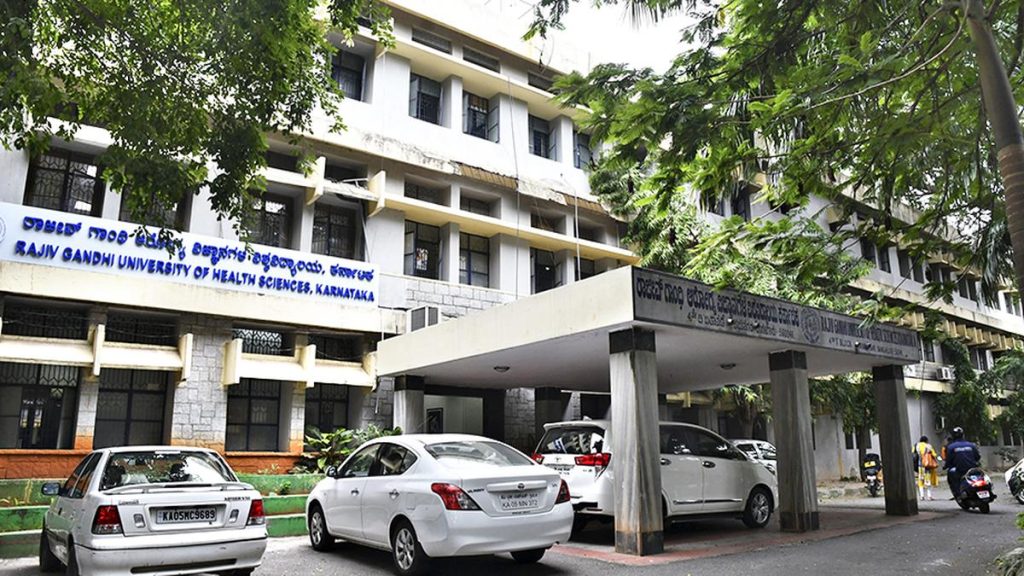Now Reading: India Lost Forests at 18 Times the Rate of Gains Between 2015-2019: Study
-
01
India Lost Forests at 18 Times the Rate of Gains Between 2015-2019: Study
India Lost Forests at 18 Times the Rate of Gains Between 2015-2019: Study
Fast Summary
- A study by IIT Bombay and SASTRA Deemed University reveals India suffered net forest loss from 2015 to 2019,losing 18 sq. km of forests for every 1 sq.km gained.
- Researchers used Morphological Spatial Pattern Analysis (MSPA) and Copernicus Global Land Service data to assess forest fragmentation at a national scale.
- Forests were categorized into seven structural types: cores, bridges, loops, branches, edges, perforations (clearings), and islets.
- Study highlights “cores” as ecologically vital and resilient; “islets” are highly fragmented with minimal ecological value.
- Findings emphasize structural connectivity over sheer forest coverage as India’s afforestation often results in isolated patches or “islets.”
- andhra Pradesh, Tamil Nadu, Karnataka, and Rajasthan contributed nearly half of the gross forest gain while Tamil Nadu and West bengal represented almost half of total gross loss.
- Significant discrepancies found between this study’s methodology using global satellite data versus FSI’s surveys that focus on gross cover changes without connectivity assessments.
Report authors advocate integrating structural analyses into policies like CAMPA and National Mission for a Green India to improve long-term ecological outcomes.
Indian Opinion Analysis
The study raises pressing concerns about the efficacy of India’s current afforestation strategies. while efforts have increased overall tree coverage on paper, most newly added forests are fragmented areas with limited long-term value in preserving biodiversity or ecosystem health. This points toward a need to shift from quantity-based metrics to approaches emphasizing structural integrity among forests.
Such findings could guide policymakers towards fostering better-connected ecosystems that support biodiversity while mitigating the impact of infrastructure development on India’s natural landscapes.Additionally, the reliance on open-source tools shows potential scalability for future nationwide monitoring projects that balance cost-efficiency with scientific accuracy.
Given its divergence from Forest Survey of India’s methodologies-which do not account for fragmentation-this framework provides complementary insights rather than contradicting official statistics outright. Improving clarity around such datasets (as noted by researchers) might enable synergistic advancements in forest management planning across scales.
























